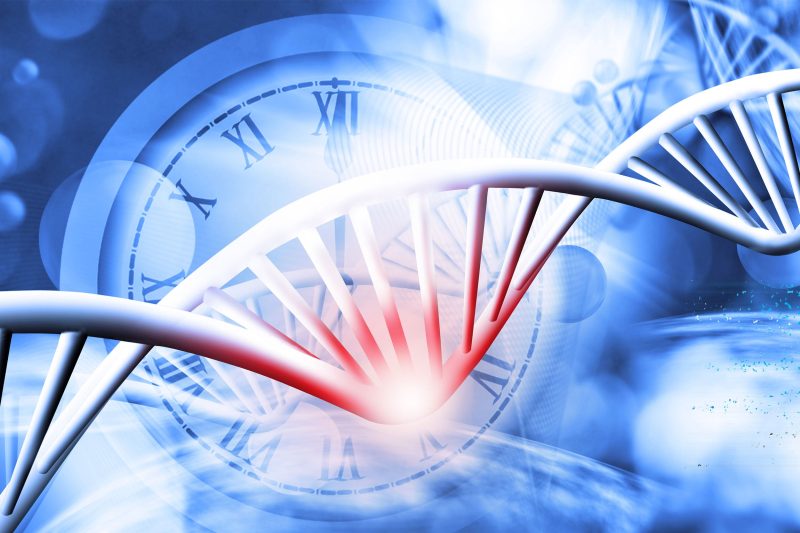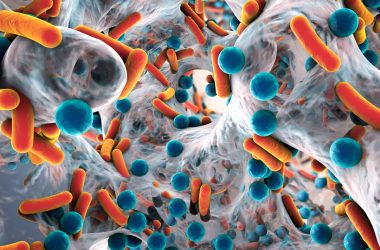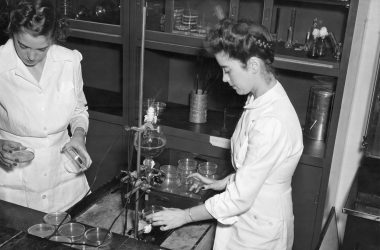New “clocks” may provide answers to the question: What causes us to age?
Researchers at Harvard-affiliated Brigham and Women’s Hospital have developed a novel epigenetic clock, a machine-learning model designed to predict biological age from DNA structure. The clock can distinguish between genetic differences that slow and accelerate aging, predict biological age, and evaluate anti-aging interventions with increased accuracy. The results are published in Nature Aging.
“Previous clocks considered the relationship between methylation patterns and features we know are correlated with aging, but they don’t tell us which factors cause one’s body to age faster or slower,” said corresponding author said corresponding author Vadim Gladyshev, a principal investigator in the Division of Genetics at BWH. “Our clocks distinguish between changes that accelerate and counteract aging to predict biological age and assess the efficacy of aging interventions.”
Aging researchers have long acknowledged the influence that DNA methylation — alterations to our genetic structure that shape gene function — has on the aging process. Notably, specific regions of our DNA, known as CpG sites are strongly associated with aging. While lifestyle choices, such as smoking and diet, influence DNA methylation, so does our genetic inheritance, explaining why individuals with similar lifestyles may age at different rates.
“Our clocks distinguish between changes that accelerate and counteract aging to predict biological age and assess the efficacy of aging interventions.”
Vadim Gladyshev, principal investigator
Existing epigenetic clocks predict biological age (the actual age of our cells rather than chronological) using DNA methylation patterns. However, until now, none has distinguished between methylation differences that cause biological aging and those simply correlated with the process.
Using a large genetic data set, first author Kejun (Albert) Ying, a graduate student in the Gladyshev lab, performed an epigenome-wide Mendelian Randomization (EWMR), a technique used to randomize data and establish causation between DNA structure and observable traits, on 20,509 CpG sites causal to eight aging-related characteristics.
The eight aging-related traits included lifespan, extreme longevity (defined as survival beyond the 90th percentile), health span (age at first incidence of major age-related disease), frailty index (a measure of one’s frailty based on the accumulation of health deficits during the lifespan), self-rated health, and three broad aging-related measurements incorporating family history, socioeconomic status, and other health factors.
With these traits and their associated DNA sites in mind, Ying created three models: CausAge, a general clock that predicts biological age based on causal DNA factors, and DamAge and AdaptAge, which include only damaging or protective changes. Investigators then analyzed blood samples from 7,036 individuals ages 18 to 93 years old from the Generation Scotland Cohort and ultimately trained their model on data from 2,664 individuals in the cohort.
With these data, researchers developed a map pinpointing human CpG sites that cause biological aging. This map allows researchers to identify biomarkers causative to aging and evaluate how different interventions promote longevity or accelerate aging.
Scientists tested their clocks’ validity on data collected from 4,651 individuals in the Framingham Heart Study and the Normative Aging Study. They found that DamAge correlated with adverse outcomes, including mortality, and AdaptAge correlated with longevity, suggesting that age-related damage contributes to the risk of death, while protective changes to DNA methylation may contribute to a longer lifespan.
Next, they tested the clocks’ ability to assess biological age by reprogramming stem cells — transforming specialized cells, like skin cells, back into a younger, less-defined state where they can develop into various types of cells in the body. When applying the clocks to the newly transformed cells, DamAge decreased, indicating a reduction in age-related damage during reprogramming, while AdaptAge did not show a particular pattern.
Finally, the team tested their clocks’ performance in biological samples from patients with various chronic conditions, including cancer and hypertension, as well as samples damaged by lifestyle choices like smoking cigarettes. DamAge consistently increased in conditions associated with age-related damage, while AdaptAge decreased, effectively capturing protective adaptations.
“Aging is a complex process, and we still do not know what interventions against it actually work,” said Gladyshev. “Our findings present a step forward for aging research, allowing us to more accurately quantify biological age and evaluate the ability of novel aging interventions to increase longevity.”
Disclosures: Kejun Ying and Vadim Gladyshev are inventors on a patent application related to the research reported.
This study is supported by the National Institute on Aging, Impetus grants and the Michael Antonov Foundation.





